Forsythia Spring Symbol
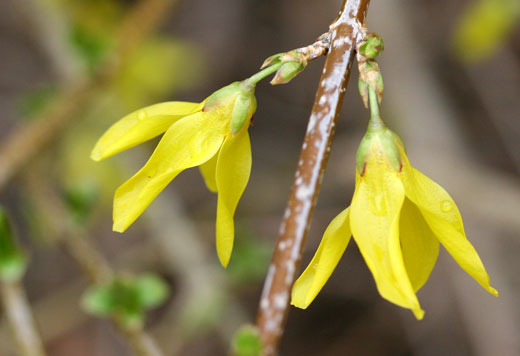
Forsythia is called a harbinger of spring. I’m getting ready for Passover – one the nicknames for the holiday is Festival of Spring.

Forsythia is called a harbinger of spring. I’m getting ready for Passover – one the nicknames for the holiday is Festival of Spring.
In Lillian Nattel’s novel, The River Midnight, four Vilda Hayas (wild beasts) I mean four teenage girls grow up into women, each leading different kinds of lives, all revolving around the little fictional shtetl of Blaszka in Poland. Hannah-Leah gets married but cannot have children, Faygela gets married and has more children than she can handle, Zisa-Sara dies young and tragically after marrying, having two children and moving to New York, and Misha marries only briefly. Parts of the story’s plot are told over and over again from varying points of view – one must get used to this while reading the novel. At first one thinks, didn’t I read that already? But then something new is learned in the next telling.
Is the story realistic? I don’t know, I didn’t live in 19th century Poland, and neither did Lillian Nattel. But I like her characters, and I enjoyed learning more about each one. We never really get to know Zisa-Sara, but we learn more about her family through her revolution-seeking daughter Emma, her aunt Alta-Fruma and her Torah learning son Izzie. Pogroms, Shabbos food, Yom Kippur prayers, a woman who must give up her dream of higher education when her father dies, fertility and infertility, a pig owned by a Jew and an herb healer who gets pregnant out of wedlock are all part of the tale.
I found one of the questions in the reading group guide at the end of the book a bit strange: “What do the people of Blaszka get out of following their strict religion with its rules, songs, dances at prayers?” I say strange because their version of Judaism did not seem particular strict to me. It seemed like a woman-centered society – the rabbis don’t really seem to be dictatorial leaders, even if they are the knowledgeable ones. Without the women, everything would fall apart.
I will leave you with a taste of the writing style, a paragraph and a line from the prologue:
Time is a trickster in Poland. In Warsaw they have electric lights. On the farms, peasants make their own candles. And in Blaszka? There, time juggles fire, throwing off sparks that reach far into the past and spin toward the future.
But shh, we can’t talk now. The story is about to start.

Now that I have a macro lens, I can finally participate in Macro Monday. What a pleasure to view raindrops on the trumpet of a daffodil up close. See more terrific macro shots:

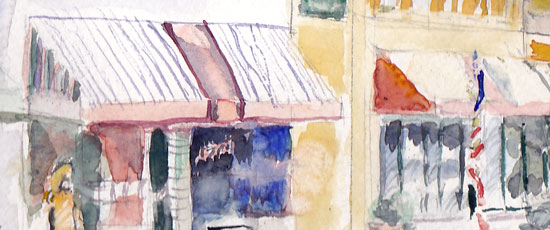
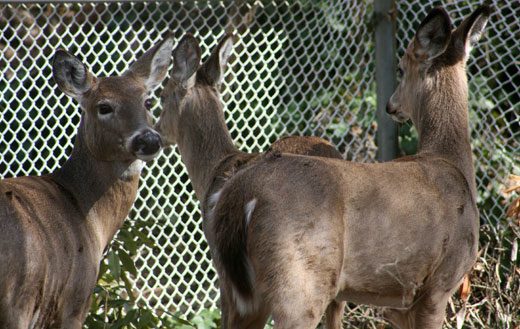
I saw one then two then three deer in a neighbor’s backyard. I approached them with my camera, and they backed into this corner. Then two hopped the fence. The last one stayed behind and nibbled an evergreen bush. New Jersey is getting so developed the deer are living everywhere, or so it seems.

This rabbit seems to be living in our backyard. I saw him twice yesterday.

My neighbor’s magnolia tree has started to blossom. You can see the buds of the magnolia on this post. The yellow background in this photo is from the forsythia.

I decided to give my magnolia blossom a blue background.
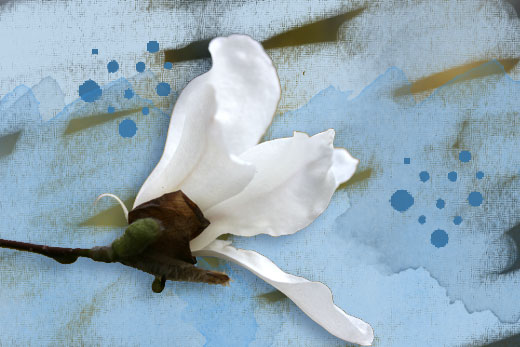

I have wanted to participate in The First of the Month photo meme, in which you post the same subject photographed on the first of the month. Well, I will be happy if I get the photo to be within the first week of the new month.
I hope you enjoy my rhododendron photos – you will be seeing more in May.

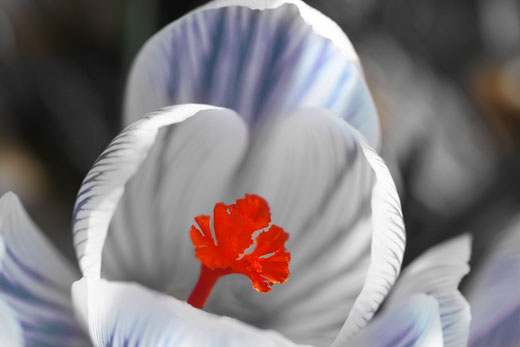
April Fools a few days late – have you ever seen a crocus with a red filament? I haven’t. And the petals didn’t have blue streaks, either.
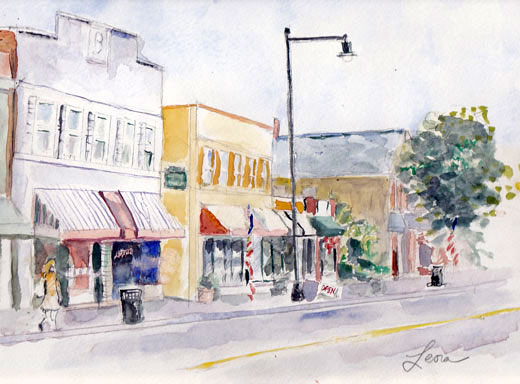
My watercolor is of Raritan Avenue, between North Third and North Second Avenues. One of the stores is Jerusalem Pizza. The one on the end, by the big tree, used to be Charlie Brown’s, which went out of business. A new restaurant appears to be opening in its place. Here is a sketch I did prior to this watercolor.

Yesterday we visited Rutgers Gardens. It is mostly winter bare, but if you look carefully, you can find some signs of spring.

These plants with red berries were growing by a stream.

Red buds were in many of the trees. Some of the trees at Rutgers Gardens have little signs stating what type of tree it is, but most don’t.

And more red buds in trees!

If you take red and white on a paint palette and mix them together, you get pink, like the pink bud of this saucer magnolia tree.
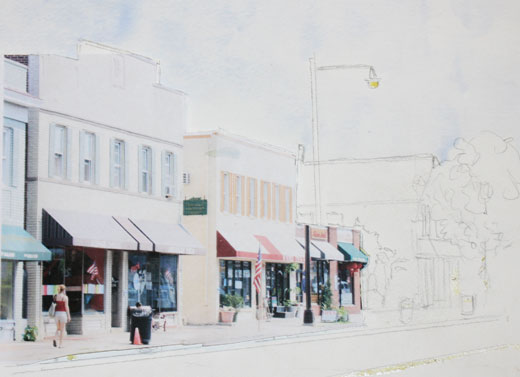
A continuation of my Raritan Avenue studies – here is a photo on top of a drawing. I worked on adding watercolor to the drawing today. I plan to post the watercolor in the middle of this week.

This is same as above, converted to black and white. One can see the lamppost in the drawing doesn’t match with the photo – no matter, it matches in the “finished” watercolor.